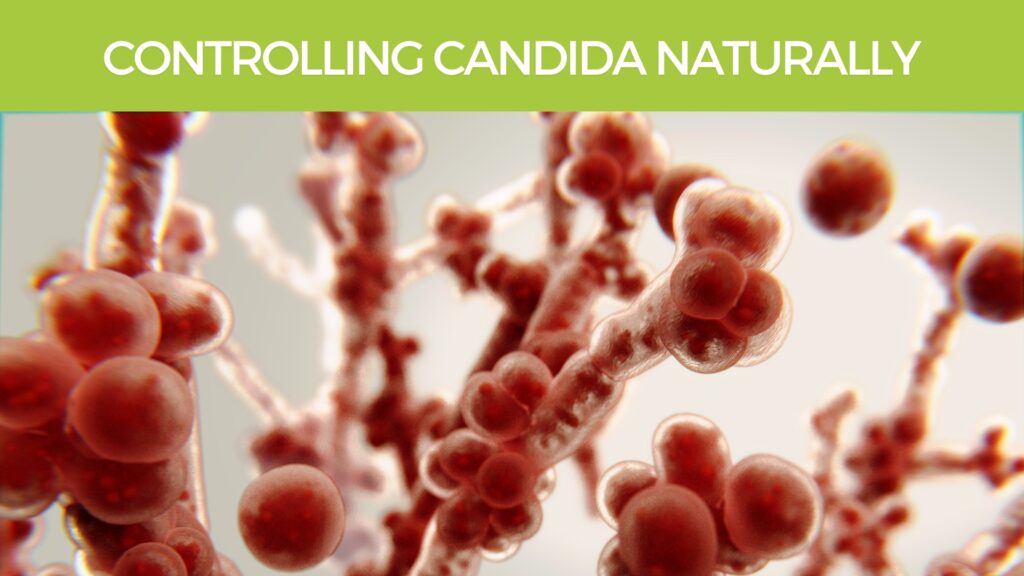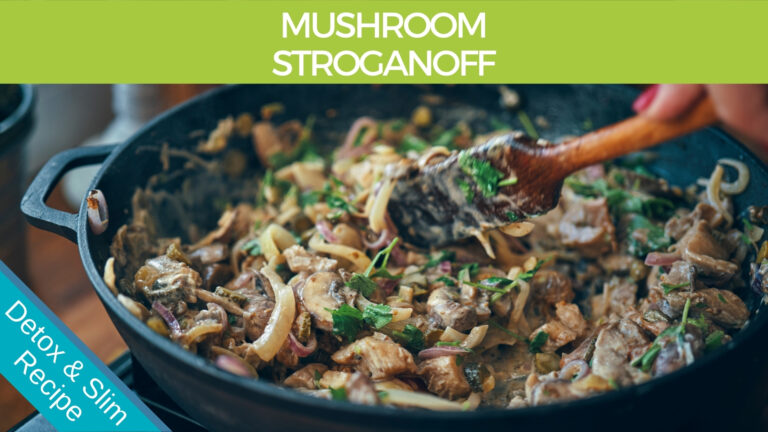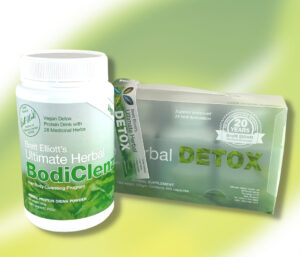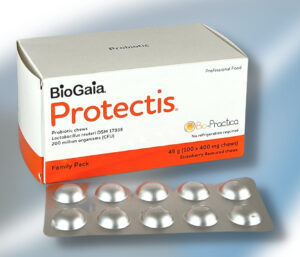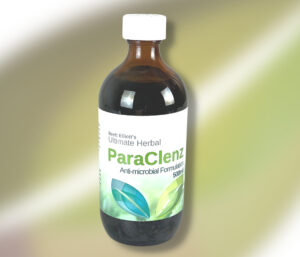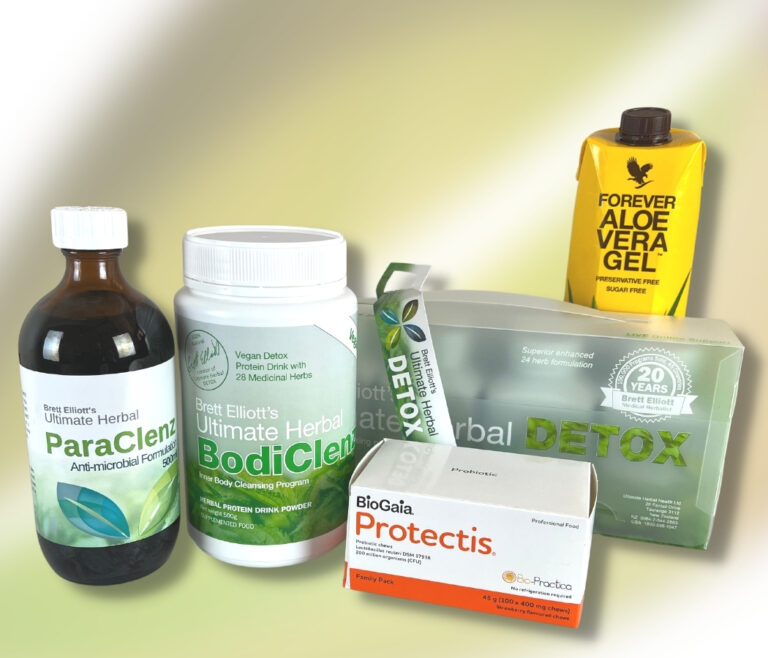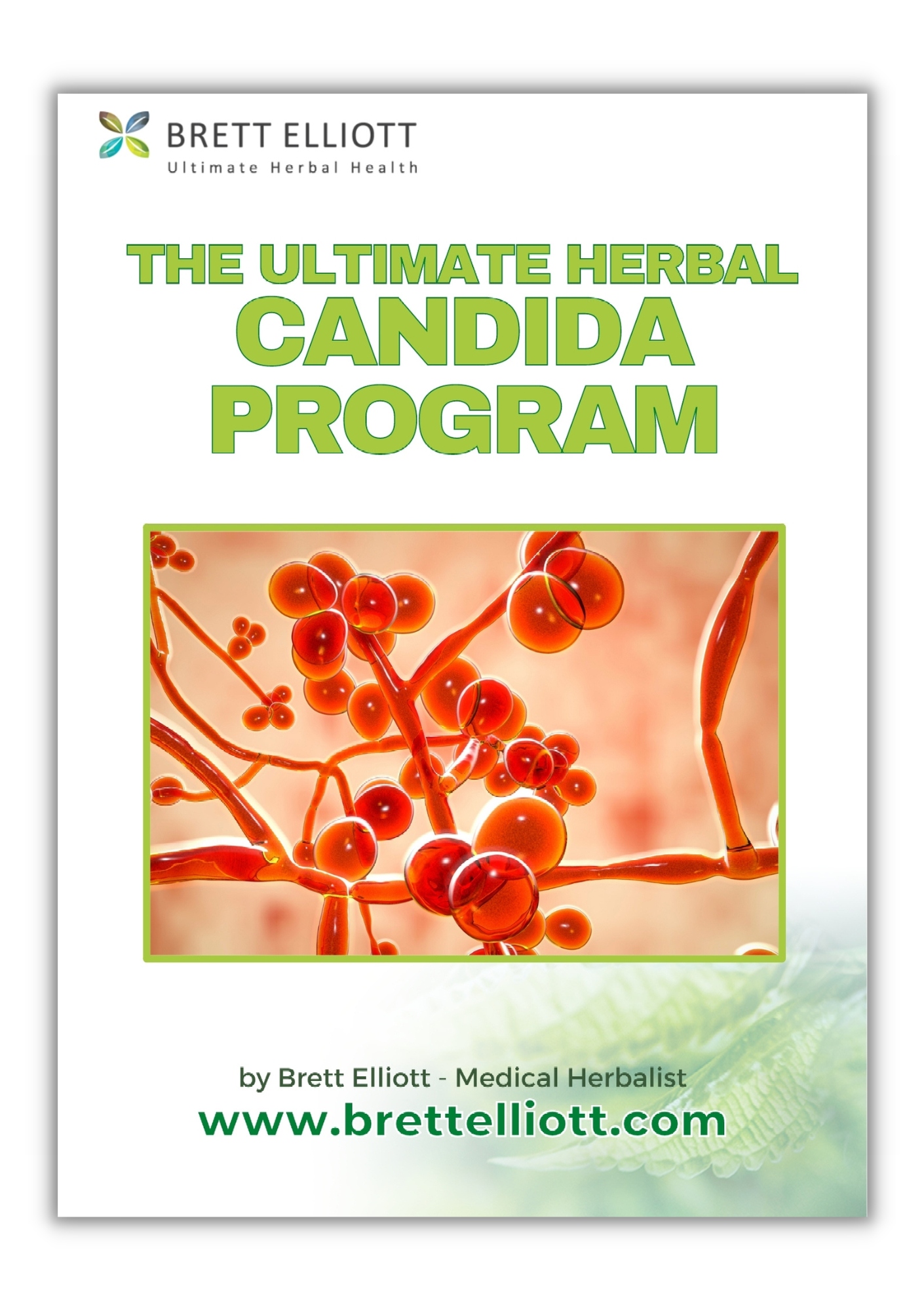- 2 months ago
- 18Minutes
- 3909Words
- 1393Views
Get Ready To Conquer Candida
(1) Centre for Disease Control and Prevention. Candidiasis. https://www.cdc.gov/fungal/diseases/candidiasis/
(2) Inflammation and gastrointestinal Candida colonization. PUBMED http://www.ncbi.nlm.nih.gov/pmc/articles/PMC3163673/
(3) Intestinal candidiasis. A clinical report and comments about this opportunistic pathology. PUBMED http://www.ncbi.nlm.nih.gov/pubmed/12715941
(4) Effect of Environmental pH on Morphological Development of Candida albicans Is Mediated via the PacC-Related Transcription Factor Encoded by PRR2. PUBMED http://www.ncbi.nlm.nih.gov/pmc/articles/PMC94210/
(5) Candida albicans pathogenicity mechanisms PUBMED http://www.ncbi.nlm.nih.gov/pmc/articles/PMC3654610/
(6) Candida albicans pathogenicity mechanisms. PUBMED http://www.ncbi.nlm.nih.gov/pmc/articles/PMC3654610/
(7) Modulating effect of dietary carbohydrate supplementation on Candida albicans colonization and invasion in a neutropenic mouse model. PUBMED http://www.ncbi.nlm.nih.gov/pmc/articles/PMC302772/
(8) Sugar chromatography studies in recurrent Candida vulvovaginitis. PUBMED http://www.ncbi.nlm.nih.gov/pubmed/6481700
(9) Regulation of Candida albicans Morphogenesis by Fatty Acid Metabolites PUBMED http://www.ncbi.nlm.nih.gov/pmc/articles/PMC523025/
(10) Manipulation of Host Diet To Reduce Gastrointestinal Colonization by the Opportunistic Pathogen Candida albicans PUBMED http://www.ncbi.nlm.nih.gov/pmc/articles/PMC4863630/
(11) Investigating the therapeutic effect of vaginal cream containing garlic and thyme compared to clotrimazole cream for the treatment of mycotic vaginitis. PUBMED https://www.ncbi.nlm.nih.gov/pmc/articles/PMC3208935/
(12) COVID Unleashes the ‘Lurking Scourge’ Candida Auris. https://www.infectioncontroltoday.com/view/covid-unleashes-the-lurking-scourge-candida-auris
(13) The Candida Pathogenic Species Complex. PUBMED https://www.ncbi.nlm.nih.gov/pmc/articles/PMC4143104/
(14) Anti-Parasitic Activities of Allium sativum and Allium cepa against Trypanosoma b. brucei and Leishmania tarentolae. PUBMED https://www.ncbi.nlm.nih.gov/pmc/articles/PMC6023319/
(15) Data and Statistics on Candidemia. CDC. https://www.cdc.gov/candidiasis/data-research/facts-stats/index.html
(16) CDC: Candida auris Fungal Infections and Drug Resistance on the Rise. JAMA https://jamanetwork.com/journals/jama/fullarticle/2803271
(17) Fungal nail infections. https://dermnetnz.org/topics/fungal-nail-infections
(18) Fungal Diseases. CDC. https://www.cdc.gov/fungal/index.html
(19) Interaction of Candida Species with the Skin. MDPI. https://www.mdpi.com/2076-2607/5/2/32
(20) Potent In Vitro Synergism of Fluconazole and Berberine Chloride against Clinical Isolates of Candida albicans Resistant to Fluconazole. https://journals.asm.org/doi/10.1128/aac.50.3.1096-1099.2006
(21) Effect of Juglone on Candida albicans growth and biofilm formation. https://www.imskolkata.org/pdf/oct_16/11.%20bhavna%20sharma.pdf
(22) Antifungal activity in Juglans nigra green husks. https://www.researchgate.net/publication/247475075_Antifungal_activity_in_Juglans_nigra_green_husks
(23) Clove (Syzygium aromaticum): a precious spice PubMed http://www.ncbi.nlm.nih.gov/pmc/articles/PMC3819475/
(25) H2O2 Production in Species of the Lactobacillus acidophilus Group: a Central Role for a Novel NADH-Dependent Flavin Reductase. https://www.ncbi.nlm.nih.gov/pmc/articles/PMC3993133/
If you’ve been feeling tired a lot and craving sugary drinks or snacks, this silent parasitic yeast could be the culprit.
We’ve probably all heard about or even experienced Candida or thrush at some stage in our lives.
This is because all of us actually have the yeast which causes thrush, Candida Albicans (CA), and usually it lives happily in balance with the rest of our gut microbes.
On this page we will cover the following:
- Candida Statistics
- The Various Types of Candida Described
- Common Candida symptoms
- Underlying Causes for Candida Outbreak
- Dietary Advice for Combatting Candida
- The Ultimate Herbal Candida Program
Click the headings above to skip to a topic.
The good news is, with a little knowledge and effort you can conquer this annoying problem and win.

Candida Fatality Statistics
What many of us don’t realize is that Candida can be quietly chewing away at us inside, draining our energy, and eventually infiltrating our bloodstream.
It’s not widely understood that Candida infestation can result in death.
Globally, Candida infections, particularly candidemia (Candida bloodstream infections), are a significant health concern with these frightening mortality rates:
- 25% of people sick people admitted to hospital with candida die during hospitalisation. (15)
- Estimated 995,000 deaths annually from Candida bloodstream infections globally. (15)
- Recently in hospital settings, some drug resistant candida strains such as Candida auris, C. tropicalis, and C. krusei have been found present in the lungs of patients with COVID-19 with dramatically increased death rates of between 50-60%. (12)
This further highlights the importance of controlling candida within your body and why a regular candida program is a good strategy.
Candidiasis Description
Candida is a parasitic fungus. It is a type of yeast, which is a subgroup within the larger fungal kingdom. Yeasts like Candida are single-celled fungi, and they are known for their ability to convert sugars into alcohol and carbon dioxide through fermentation.
As far as parasites go, Candida is one of those silent invasive parasites that are very hard to detect.
It’s not something you can request in a blood test, and symptoms can be subtle, making candida difficult for your doctor to diagnose.
Microscopic Examination and Culture: A small sample from the lesions can be examined under a microscope or cultured to confirm the presence of Candida.
Normally it is kept under control by our natural micro-organisms and a healthy immune system, but when we are down in energy or our gut, or when immunity is compromised Candida can penetrate tissue membranes cause real problems.
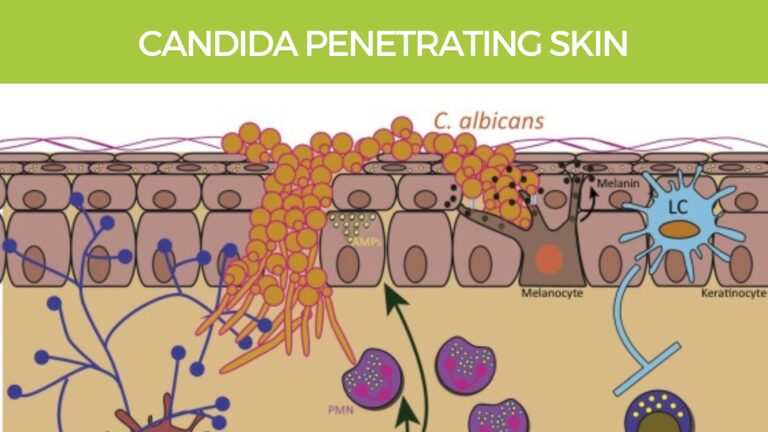
Candida, Thrush or Yeast Infection?
Of all fungi on earth, around 600 species are disease-causing in humans. (5)
Candidiasis is a fungal infection caused by yeasts that belong to the genus Candida.
Over 20 species of Candida yeasts can cause infection in humans, the most common of which is Candida albicans (CA).
Candida yeasts normally live on the skin and mucous membranes without causing infection; however, overgrowth of these organisms can cause symptoms to develop. Symptoms of candidiasis vary depending on the area of the body that is infected. (1)
Candidiasis that develops in the mouth or throat is called “thrush” or oropharyngeal candidiasis. Candidiasis in the vagina is commonly referred to as a “yeast infection.” Invasive candidiasis occurs when Candida species enter the bloodstream and spread throughout the body. (1)
CA can cause infections that range from superficial infections of the skin to life-threatening systemic infections. (5)

Five Types of Candida
The five species most commonly associated with candidiasis by percentage are:
- Candida albicans (65.3%),
- Candida glabrata (11.3%),
- Candida tropicalis (7.2%),
- Candida parapsilosis (6.0%),
- Candida krusei (2.4%)
- Candida auris has also been on the rise, espeically in hospitals, and has earned the name “SuperBug” as it can be hard to treat and potentially lethal. (12-13)
Up to 95% of all Candida bloodstream infections in the United States are caused by five species of Candida: C. albicans, C. glabrata, C. parapsilosis, C. tropicalis, and C. krusei. (15)
There are also five major presentation types for candida. We will touch in each of these briefly below.
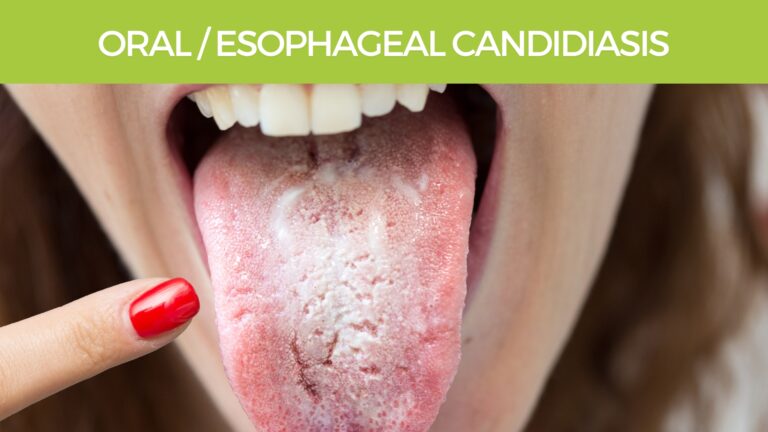
1. Oropharyngeal / Esophageal Candidiasis ("Thrush")
Candida infections of the mouth and throat can manifest in a variety of ways. The most common symptom of oral thrush is white patches or plaques on the tongue and other oral mucous membranes. Other symptoms include:
- Redness or soreness in the affected areas;
- Difficulty swallowing; and
- Cracking at the corners of the mouth (angular cheilitis) (1).
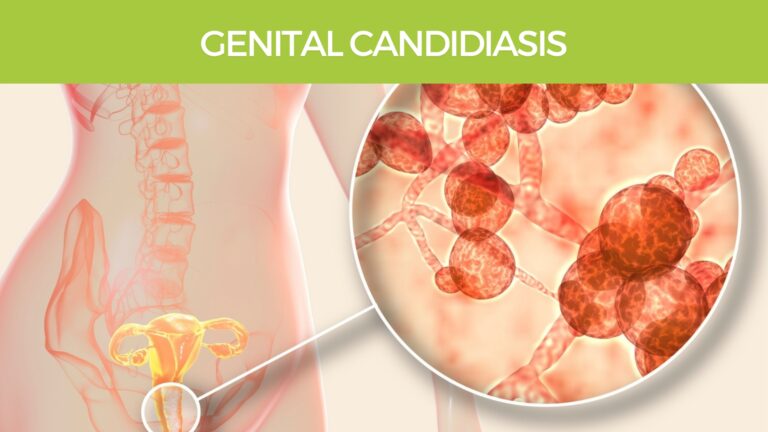
2. Genital/vulvovaginal candidiasis (VVC)
The symptoms of VVC are similar to those of many other genital infections, so it is important to see your doctor if you have any of these symptoms. (1) There are natural thrush treatments for men as well as women.
It is estimated that approximately 75% of all women suffer at least once in their lifetime from VVC. (5) Men get it more rarely.
- Men with genital candidiasis may experience redness, with an itchy burning rash on the penis.
- Women may get itching, buring, swelling and vaginal discharge.
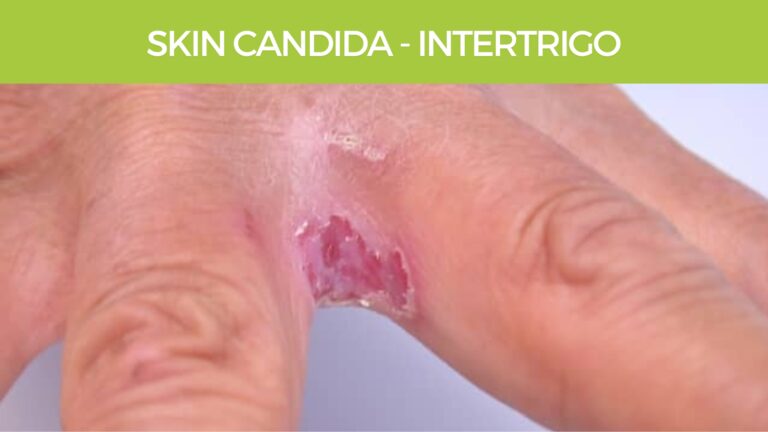
3. Candida Skin Infection
In the United States, the broader category of fungal skin diseases, which includes Candida, resulted in considerable healthcare burdens, with around 75,000 hospitalizations.
Candida, the organism can cause a range of skin infections, often impacting skin folds which provide moist and warm environments conducive to yeast overgrowth. (18)
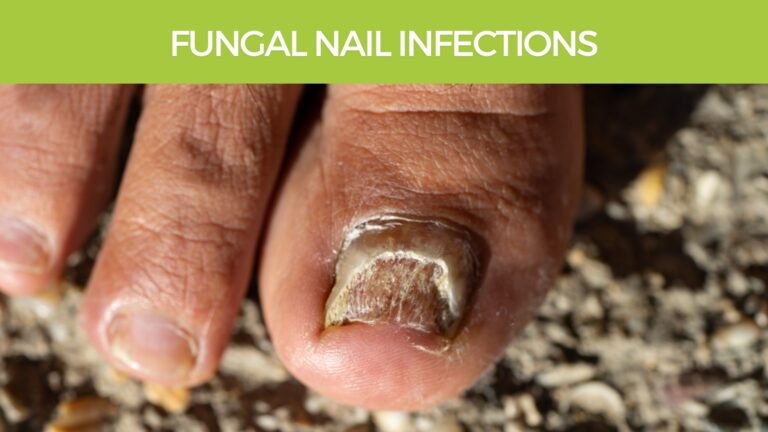
4. Candidal Onychomycosis
Candida infections often initially affect the fingernails but can also involve the toenails, especially under conditions of frequent moisture exposure or immune suppression.
Statistically, Candida onychomycosis is less common than dermatophyte-caused onychomycosis. The overall prevalence of fungal nail infections ranges broadly, affecting 3% to 12% of the population, with variability based on age, health status, and geographic location. (17)
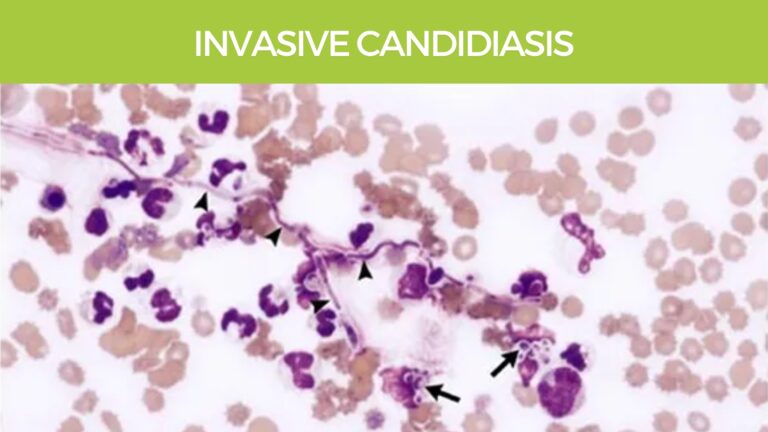
5. Invasive candidiasis
Candidemia, a bloodstream infection with Candida, is a common infection in hospitalized patients. (1)
Invasive candidiasis is a serious infection that can infect the blood and reach the heart, brain, eyes, bones, and other parts of the body.
The prevalence of invasive candidiasis varies globally, with estimated cases ranging from 250,000-700,000 people each year. In the United States, invasive candidiasis is among the top four causes of hospital-associated bloodstream infections. (15)
Estimated 995,000 deaths annually.
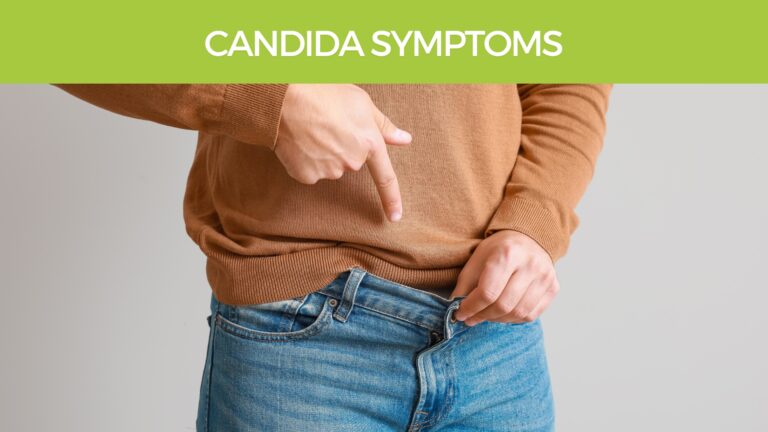
Candida Symptoms
Candida infections can manifest in various forms, depending on the area of the body affected. Common symptoms across different types of Candida infections include:
- Oral Candidiasis (Thrush):
- White patches on the tongue, inner cheeks, gums, tonsils, or throat
- Redness or soreness that may be severe enough to cause difficulty swallowing
- Cracking and redness at the corners of the mouth
- Genital Yeast Infection:
- Itching and irritation in the vagina or vulva
- A thick, white, “cottage cheese-like” vaginal discharge
- Redness, swelling, and soreness of the vulva
- Pain or burning during urination or intercourse
- Candida Skin Infection:
- Red, itchy, and scaly patches that may cause a rash
- Patches may ooze, swell, and itch
- Infections frequently occur in warm, moist folds of the skin such as underarms, beneath breasts, or groin
- Nail Fungal Infections (Candidal Onychomycosis):
- Nails can become yellow, thick, and brittle
- Pain and inflammation around the nail
- Invasive Candidiasis:
- Fever and chills that do not improve after antibiotic treatment for suspected bacterial infections
- Symptoms can vary widely, depending on the part of the body affected (e.g., heart, brain, blood, eyes)
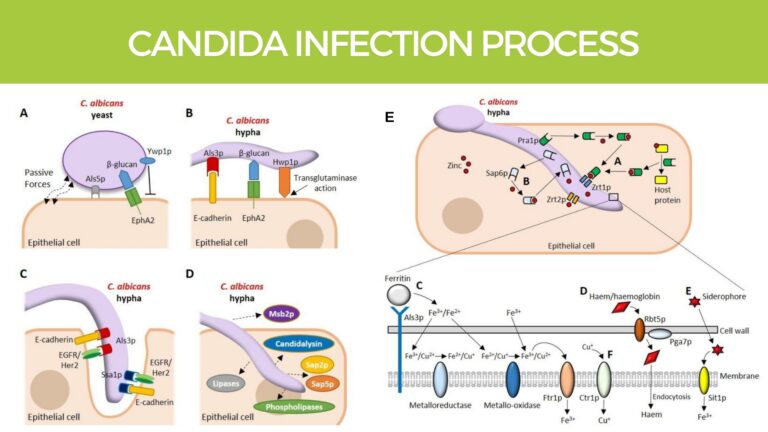
How Candida Infects the Body
Here is a basic overview of CA pathogenicity (disease) mechanisms.
1. Yeast cells adhere to host cell surfaces.
2. Contact to host cells triggers the yeast-to-hypha morphism.
3. Secretion of fungal enzymes facilitates the second mechanism of invasion, i.e., fungal-driven active penetration into host cells.
4 & 5. Phenotypic plasticity (switching) has been proposed to influence antigenicity and biofilm formation of CA.
6. Several fitness traits influence fungal pathogenicity. They include alkalinization (pH); metabolic flexibility and uptake of different minerals including copper, zinc and iron. (6)
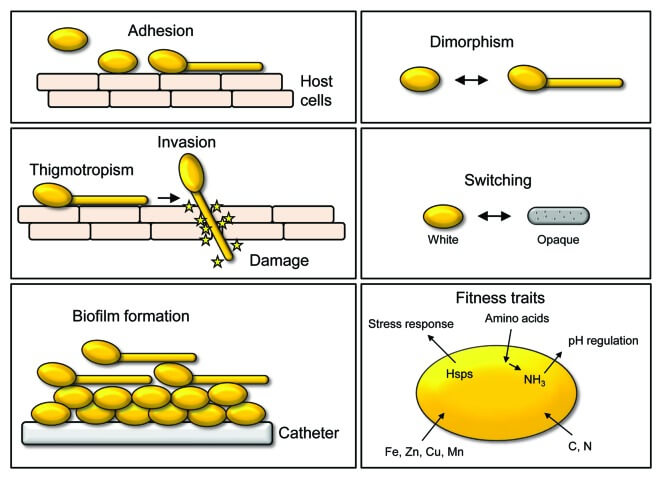
What Causes Candida Infestation?
In order for Candida to infect the body and cause issues, there must already be a vulnerable environment in the gut. Several obvious factors can be linked to creating this environment.
Let’s look quickly at what these five major factors:
- Inflammation
- Acid Balance
- Sugar Intake
- Immune Function
- Good/Bad Fats
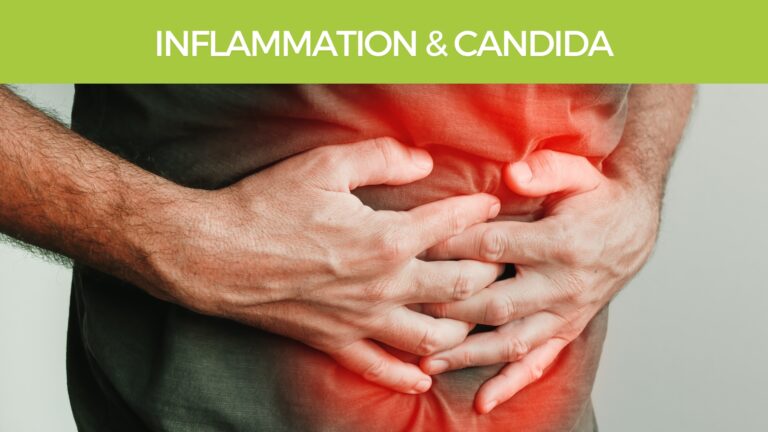
The Inflammation-Candida Link
There is evidence that inflammation of the skin can encourage Candida infections. Research indicates that when the skin’s barrier is compromised, either through physical damage or inflammation, it can become more susceptible to Candida colonization and infection. (19)
Recent studies also show that high-level Candida colonization is associated with several diseases of the gastrointestinal tract including Chron’s disease and irritable bowel. Further, results from animal models argue that Candida colonization delays healing of inflammatory lesions and that inflammation promotes colonization.
These effects may create a vicious cycle in which low-level inflammation promotes fungal colonization and fungal colonization promotes further inflammation. (2)
Patients with ulcerative colitis, another form of Irritable bowel disease, are also frequently colonized by Candida (2)
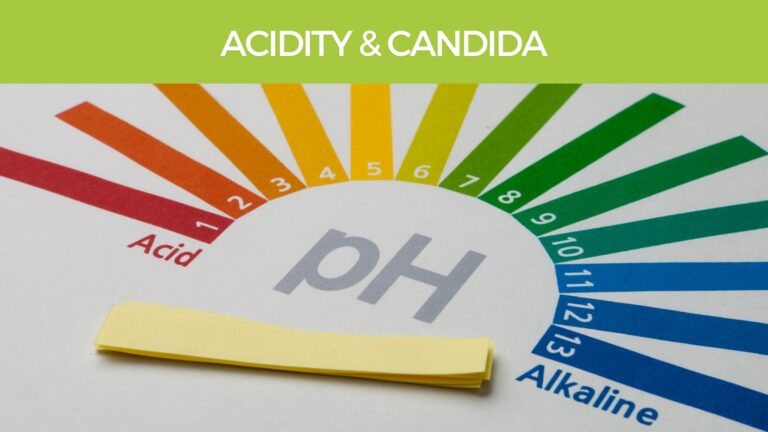
The Acid-Candida Link
CA encounters and responds to varying features of the physical environment such as pH, oxygen levels, and nutrient levels. (2)
In the human host, CA is exposed to a surrounding pH ranging from slightly alkaline to acidic. Additionally, depending on the location in the host, the environmental pH can be very dynamic.
The pH of human blood and tissues is slightly alkaline (pH 7.4), while the pH of the digestive tract ranges from very acidic (pH 2) to more alkaline (pH 8), and the pH of the vagina is acidic (around 4.78)
CA senses, adapts to, and strikingly, also actively modulates extracellular pH. All these features contribute to its remarkable capacity to co-exist and to prevail as a fungal pathogen in humans.
However neutral to alkaline pH can cause severe stress to CA. In healthy humans, the pH of human blood and tissues is slightly alkaline which should inhibit CA overgrowth (6)
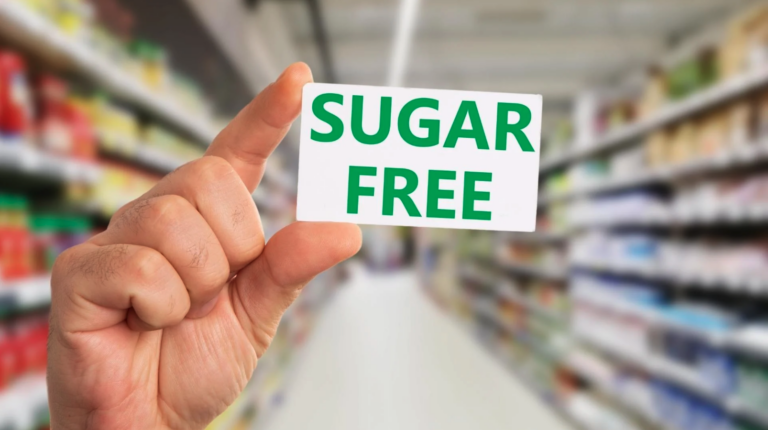
The Sugar-Candida Link
It’s quite common for people with candida outbreak to have constant sugar cravings, as the yeast feeds off sugar. Results of one study indicate that dietary glucose intake is a key determinant of CA growth in the gastrointestinal tract. (7)
A study of 100 women was undertaken to attempt to gain insight into the role of dietary sugar ingestion in the pathogenesis of this disease. Urinary sugar patterns of glucose, arabinose, and ribose were elevated. These excretion patterns correlated well with the excessive oral ingestion of dairy products, artificial sweeteners, and sucrose.
Eliminating excessive use of sugary foods brought about a dramatic reduction in the incidence and severity of Candida vulvovaginitis. (8)
It makes perfect sense when you consider that Candida is a fungal yeast, and we all know that sugar and yeast love each other when we ferment beer or bread.
I suggest going sugar-free until you have candida under control.
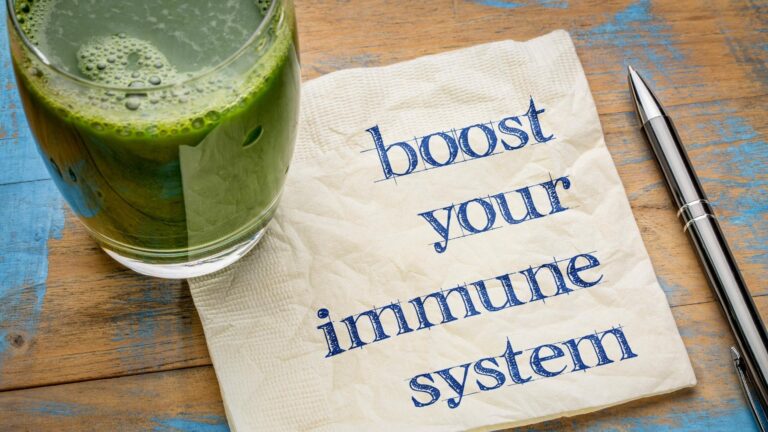
The Immunity-Candida Link
Over 80% of your immune system cells live in your gut, so it’s no surprise that a course of antibiotics is well known to bring on an attack of Candida. This is because antibiotics disrupt the resident bacterial community, allowing CA to colonize. (2)
Prolonged treatments with broad-spectrum antibiotics destroy the indigenous intestinal microflora, which provokes intestinal CA proliferation and adversely affects the immune system of the patient (3)
Candida albicans can cause life-threatening infections in immunocompromised patients (4) Blood is relatively rich in glucose, the preferred nutrient source of most fungi. However, white blood ‘immune cells’ (macrophages and neutrophils) can efficiently destroy CA. (6)
It has also been shown that under conditions of primary immunodeficiencies, fungal diversity, and in particular the abundance of Candida species on the skin increases. (19)
This indicates that a strong immune system is essential to controlling candida.
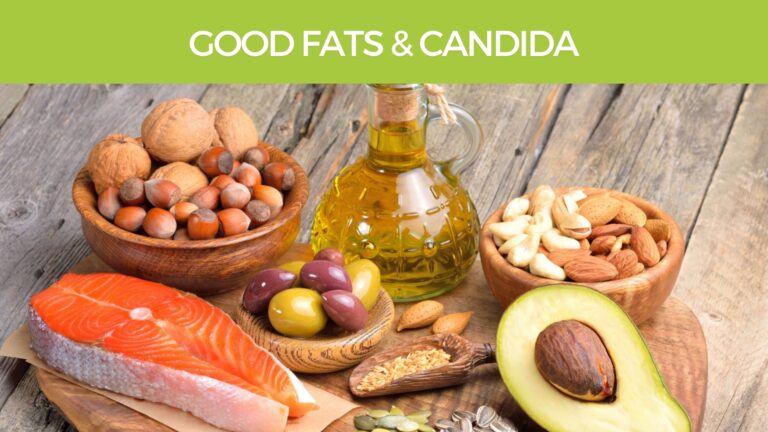
The Good Fats-Candida Link
Much of our diets today consist of processed foods containing trans-fats, and fried foods containing denatured fats due to heat. These fats do not provide the protective benefits our body needs from fats.
Results of one study indicate that fatty acid metabolic pathways can regulate the germination of CA and the local fatty acid environment can influence whether CA exists as a pathogen. (9)
Coconut oil has been found to greatly reduce inflammatory bowel conditions and support immune health. Results of one study suggest that coconut oil could become the first dietary intervention to reduce intestinal colonization by CA. (10) Read more about good fats hereNatural Thrush and Candidiasis
Despite their frequency and associated morbidity, superficial Candida infections and thrush are non-lethal.
In stark contrast, invasive systemic candidiasis is associated with a high crude mortality rate, even with first-line antifungal therapy. (5) Patients in hospitals often die from invasive CA after antibiotic treatments.
Therefore prevention is the key to avoiding this insidious and potentially fatal disease.
Key Considerations:
- Build a strong immune system
- Encourage healthy bowel flora
- Reduce the unnecessary use of antibiotics
- Avoid inducing inflammatory gut irritants

Dietary advice For Candida
A healthy diet is a key to a healthy gut which is the key to healthy colonization of microflora and bacteria. The growth of the CA fungus is believed to be controlled through competition with other members of the intestinal microbial flora (6)
Therefore eating the right balance of whole foods is a major consideration.
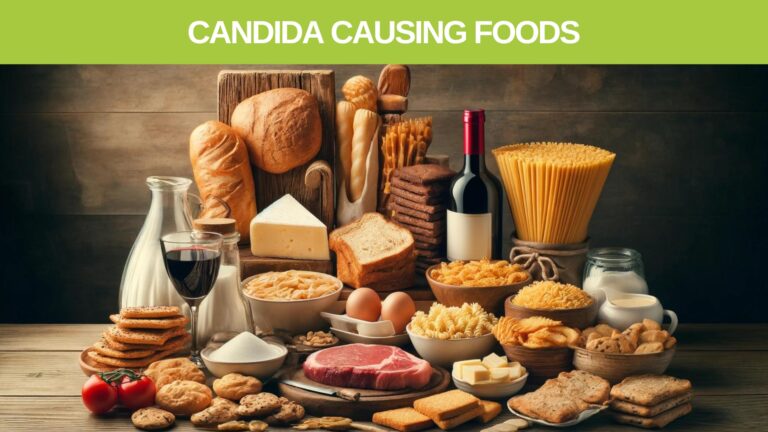
Foods to Avoid With Candida
- Sweets, confectionary, sugary drinks and anything containing processed sugar
- Yeasts, breads, alcohol and other fermented foods in the diet. Fermentation can increase the levels of yeast and other microorganisms that could contribute to Candida proliferation in susceptible individuals.
- Acid forming foods such as red meat, cheese, coffee and nuts
- Processed carbohydrates, pasta, noodles, crackers, chips, biscuits, and bread
- Simple starches, potato, white rice, and anything containing wheat flour
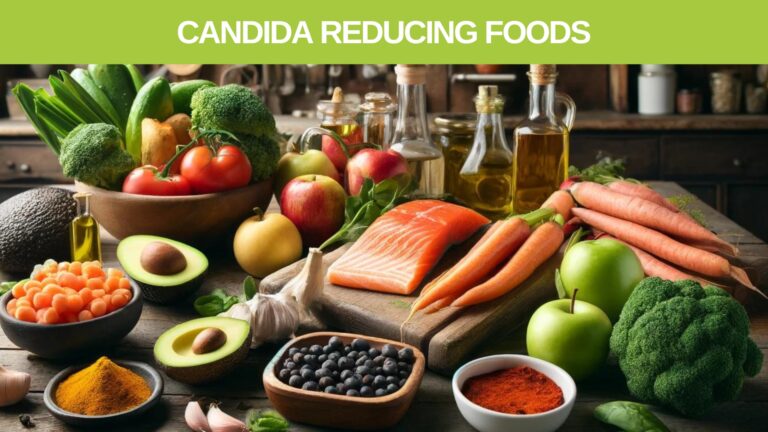
Foods Encouraged with Candida
- Alkaline foods such as raw vegetables, fruits, and water, including sodium bicarbonate (baking soda) in water
- Good fats: Consume plenty of oily fish, salmon, olive oil, coconut oil, and avocado
- Herbs and spices: Use turmeric, garlic, cayenne pepper, and cloves abundantly (try clove tea)
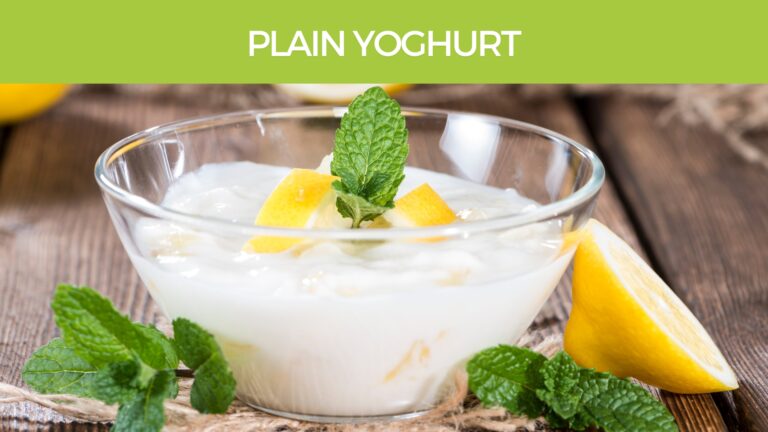
Acidophilus Yoghurt
Research suggests that plain, unsweetened yogurt might be useful in combating Candida yeast infections due to its probiotic content, particularly Lactobacillus.
These probiotics can help restore a healthy balance of bacteria and yeast in the body by producing hydrogen peroxide, which has antifungal effects. (25)
Applying yogurt topically to affected areas or consuming it can introduce these beneficial bacteria, which may help counteract Candida growth and restore balance.
Can be inserted vaginally on a soaked tampon or as a frozen yoghurt ice-cube.
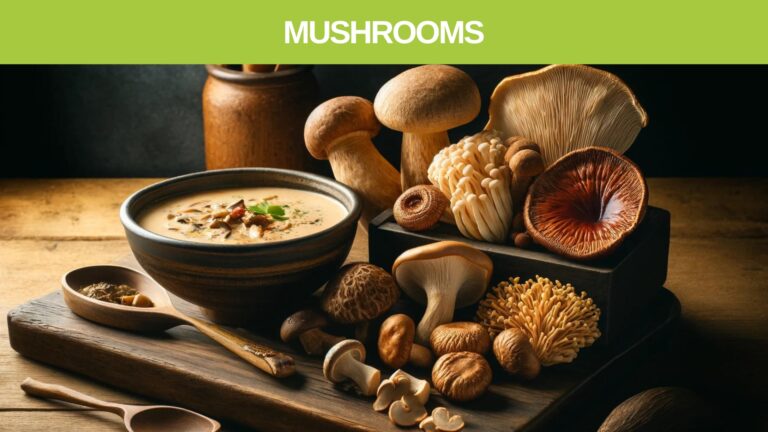
Shiitake Mushrooms
Research suggests that shiitake mushrooms may have antifungal properties that could be useful in combating Candida infections.
One study highlighted the antifungal activity of shiitake mushroom extracts specifically against Candida albicans, which is commonly associated with candidiasis or yeast infections.
The extract was shown to be effective in inhibiting the growth of both yeast and hyphal forms of Candida albicans, suggesting a potential role for shiitake mushrooms in managing or preventing Candida. (26)
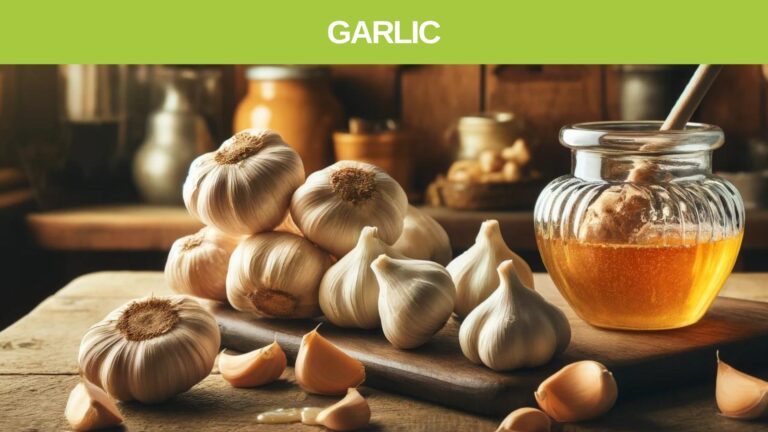
Garlic (Allium Sativum)
Garlic has been studied for its potential antifungal properties, particularly against Candida albicans, a common cause of yeast infections.
Garlic contains allicin, a compound with notable antifungal activity, which can inhibit the growth and viability of Candida yeast cells.
These effects are due to allicin’s ability to interfere with the lipid layer on the yeast cell walls, leading to cell damage and disruption of the yeast’s metabolic functions. (26)
A vaginal cream containing garlic and thyme was tested and was as effective as much as Clotrimazole vaginal cream (Canesten) for the treatment of Candida vaginitis. (11)
Eat 6-8 cloves of raw garlic daily for best results.
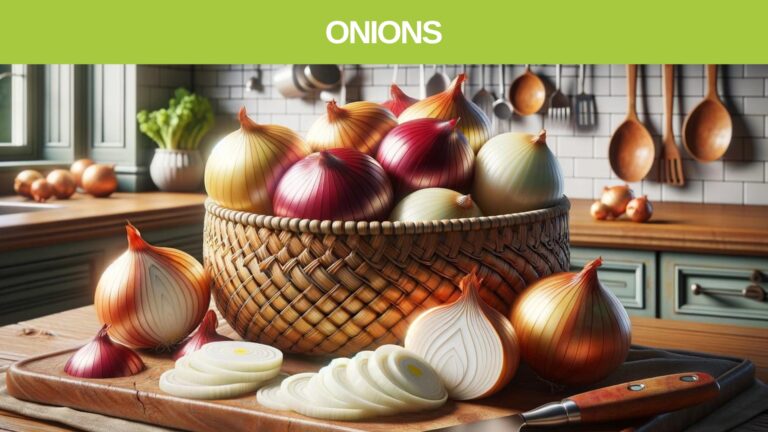
Onions (Allium Cepa)
Onions are also rich in allicin.
In studies, Although garlic killed the fungi C. albicans and C. parapsilosis more efficiently than the onion it is my recommendation to use these together abundantly in your diet to keep Candida under control. (14)
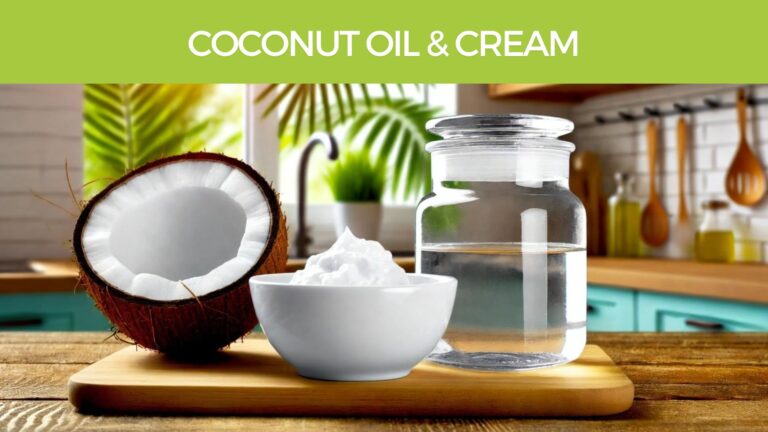
Coconut Products
Coconut cream and coconut oil both contain medium-chain fatty acids (MCFAs), particularly lauric acid and caprylic acid. These acids are known for their antimicrobial properties, which can potentially help combat Candida yeast.
Caprylic acid, in particular, is often cited for its ability to dissolve the cell membrane of Candida yeast cells, thus inhibiting their growth.
The Ultimate Candida Recipe
Not only are mushrooms and garlic great for your immune system, but this recipe has good fats and is low in sugars, and is full of mushrooms, garlic, chilli, onions and coconut cream and oil.

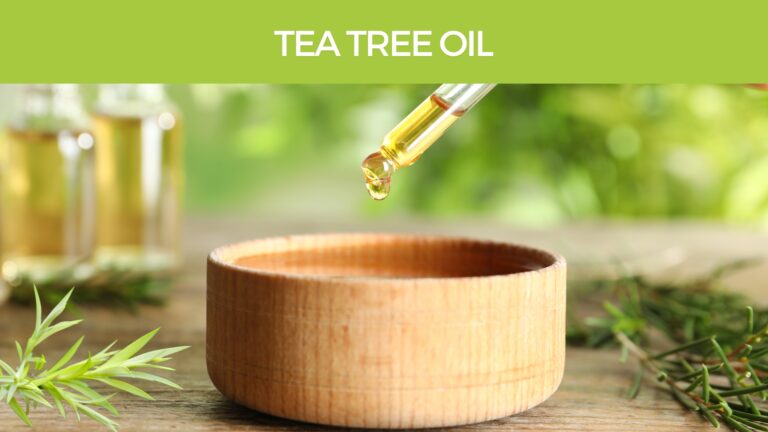
Tea Tree Oil
Tea tree oil is recognized for its antifungal properties, making it a potentially effective topical treatment against Candida infections, including yeast infections of the skin.
It contains compounds such as terpinen-4-ol, which have been shown to have strong antimicrobial and antifungal effects, particularly against Candida albicans, the most common cause of yeast infections.
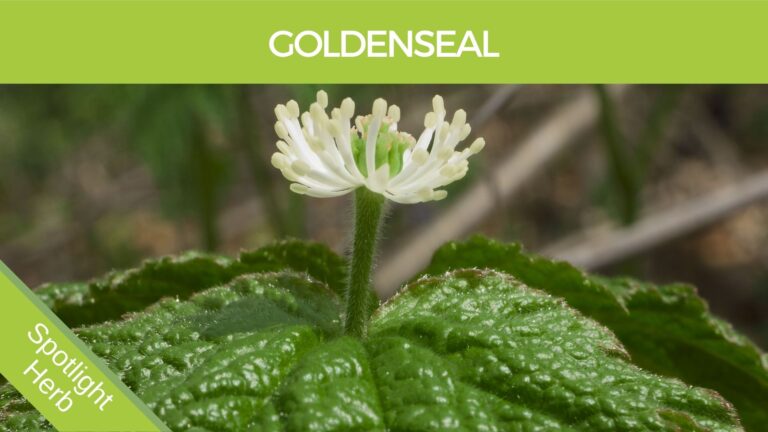
Goldenseal (Hydrastis Canadensis)
There is promising research on using goldenseal to combat yeast overgrowth, particularly due to its content of berberine and hydrastine. These compounds have been shown to inhibit the growth of Candida species effectively.
It’s also noted that berberine significantly reduces Candida biofilm formation, which is crucial since biofilms can protect Candida from conventional treatments. (20)
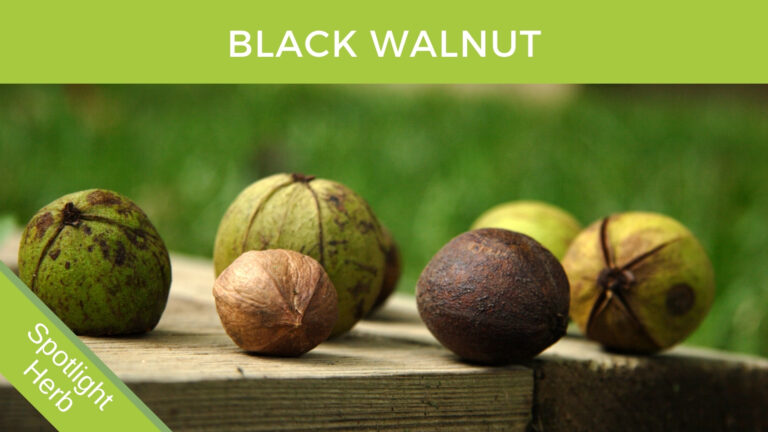
Black Walnut (Juglans Nigra)
Black walnut extract can be effective against Candida yeast infections.
The primary active component in black walnut, known as juglone, exhibits antifungal properties that can be as effective as some commercial antifungal treatments.
Results of one study showed that the extract was particularly effective in inhibiting and killing fungi, and Black walnut could be a treatment option for certain fungal infections, including tough strains of Candida. (22)
It’s also noted for its ability to reduce biofilm formation. (21)
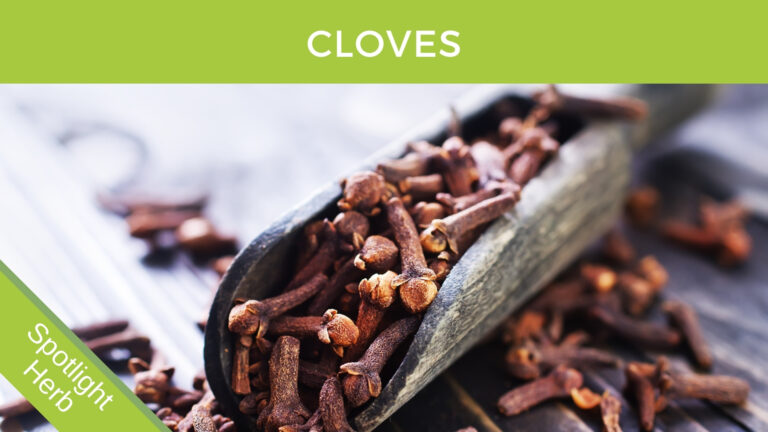
Cloves (Syzygium aromaticum)
One study determined the antifungal activity of Clove oil on many different strains of fungi. The analysis showed that eugenol was the main compound responsible for the antifungal activity due to the lysis of the spores and micelles.
Results suggest that eugenol from cloves could be a promising antifungal agent for the treatment of vaginal candida (23)
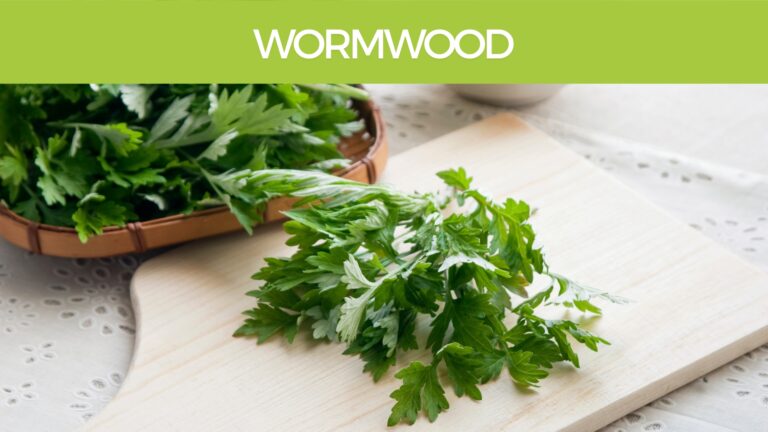
Wormwood (Artemisia Absinthium)
In one study, the oils from Artemisia absinthium plants from France and Croatia were analyzed and showed different main components, with the French oil effectively inhibiting yeast growth. (24)
These antifungal effects are attributed to the bioactive compounds in wormwood, which interfere with the yeast’s ability to grow and spread.
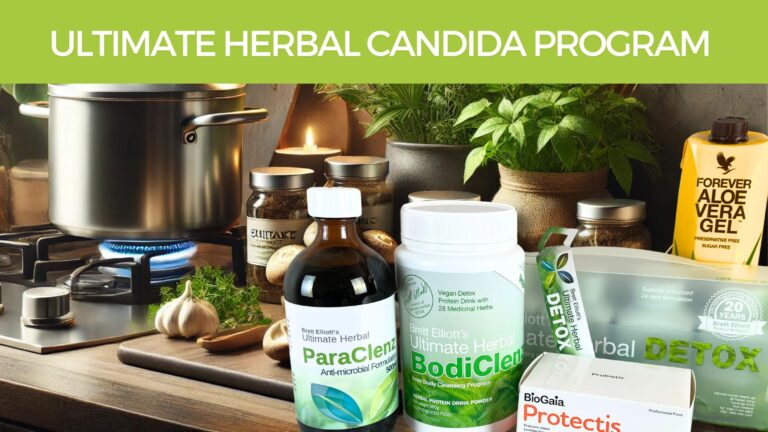
The Ultimate Herbal Candida Program
Complete a 30-day Double Deep Cleanse Program contains 24 herbs used over 1 month in a megadose.
These AntiFungal herbs are Included:
- Goldenseal
- Black Walnut
- Cloves
- Wormwood
- Many More…
The Herbal program includes to following:
1 x BodiClenz smoothie powder 500g (contains 28 Herbs). Take one smoothie each morning.
1 x Ultimate Herbal DETOX (480 capsules), Colonaid 120 caps, Digezaid 120 caps, LivaFood 120 caps, Symlax 120 caps. Take 4 capsules from each bottle at bedtime with water.
While completing this 4-week program follow the other dietary advice and recommendations above, and use the other remedies mentioned below.
ALOE VERA JUICE
To heal the gut wall and encourage healthy gut flora. Take 50ml from the fridge first thing each morning before your BodiClenz Smoothie
To encourage healthy gut flora:
- Take a good course of 30 capsules (Biogaia L-Reuteri pIctured) Take 1 daily over the 30 days adding them into your morning smoothies.
To Order Biogaia Probiotics CLICK Here - Eat natural unsweetened acidophilus yogurt 200-500ml daily
ParaClenz – Herbal Liquid Formulation
ParaClenz Antimicrobial, and antifungal Liquid Formulation 500ml.
Ingredients
It contains a blend of the following herbal extracts in a base of pure New Zealand bush honey.
Click the names to read more about each ingredient.
Take 15ml diluted in water at bedtime, over the 4 weeks.
For severe chronic conditions, Brett will arrange an extra 200ml bottle of Goldenseal Liquid for you. You may need to speak to him on the live chat to arrange that one.

Brett's Probiotic Implant Method
Something I have personally seen wonderful results with. This involves an enema containing acidophilus culture.
- Take 1 liter of acidophilus yogurt and combine it with 1 liter of warm water. Stir in 6-10 capsules of pure acidophilus. Just empty the powder out and stir.
- Put a sealed lid on the liquid and place it in the warming cupboard overnight. The culture will become many times stronger overnight.
- The next morning you can use the liquid in an enema or colonic. Fill your lower bowel as much as possible and attempt to hold the liquid for up to 30 minutes before emptying. There may be a period of bloating and discomfort as the culture works on killing Candida.
This can be the final solution to long-term infestation after following the rest of our program first for up to 4 weeks.
I hope this has been helpful and if you would like to share your Candida success story please post a comment below this article.
Many Blessings
Brett Elliott ®

